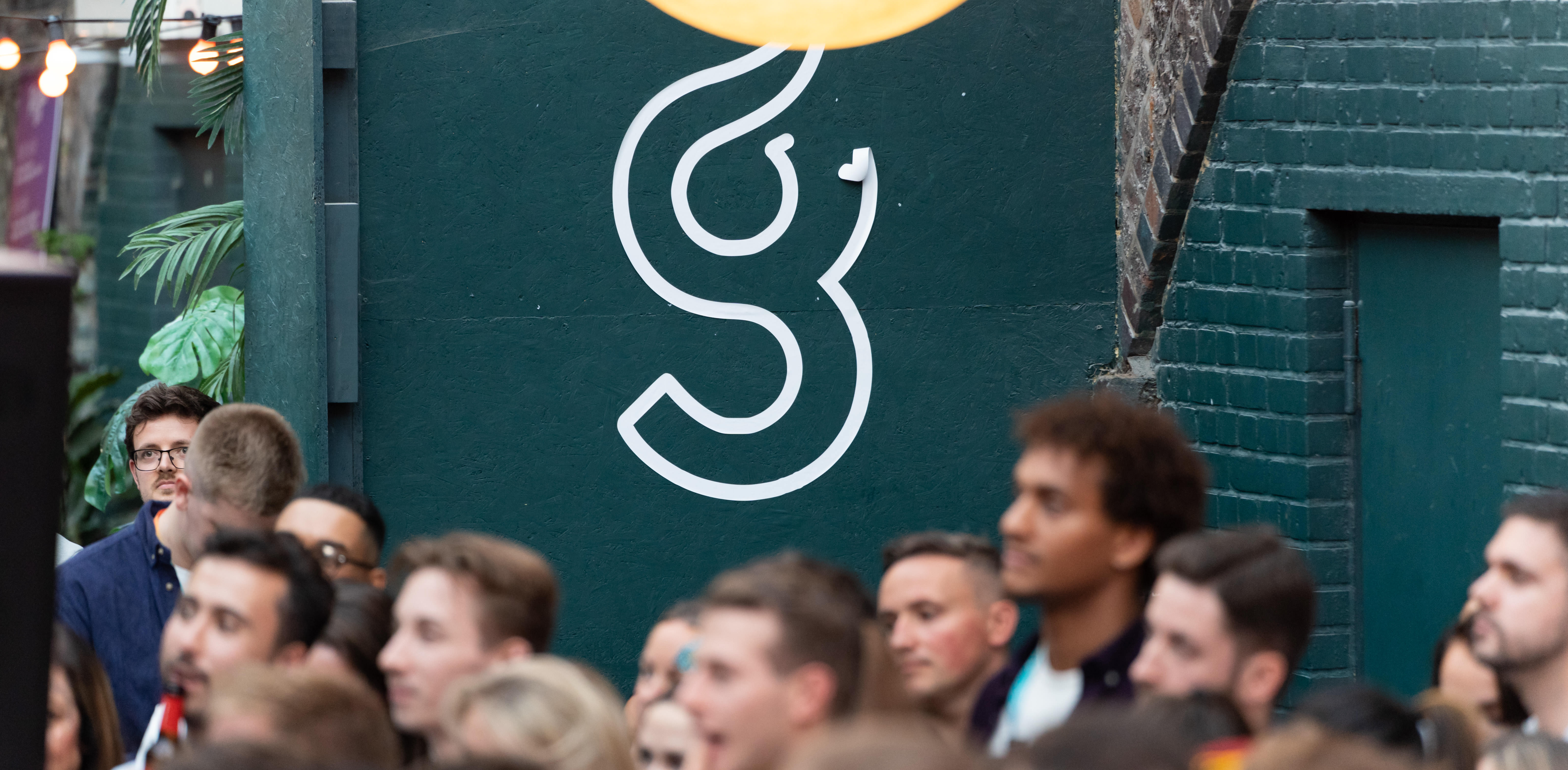
5 key digital transformation trends in retail
We share our round up of the digital transformation trends that are shaking up the retail industry this year.
When it comes to shopping, we want our experiences to be simple, swift and seamless. And we want it yesterday. That means the pressure is on for retailer’s today to remain relevant and keep up with customer demand. From Pets At Home’s app offering in-store grooming and vet services, to ASOS’s virtual catwalk, we’re seeing retail giants undergo significant transformation to keep up with the ever-changing demands of their customers. Although we’re living in a time dubbed the ‘retail renaissance', there’s a lot of work for retailers to do if they want to keep customers coming through the door - whether that’s digital or physical. Here we round up five key digital trends that are driving transformation in the retail space.
Cashless checkouts
With so much competition, retailers today need to do all they can to get their sales over the line. Increasingly we’re swapping our physical wallets for their digital alternatives, so ensuring cashless payments are a standard service across physical stores is a must. Much more than just enabling us to make a purchase, offering digital payments ensures a seamless experience. Today, much of our lives are lived on mobile phones. In fact, a recent study found that 63% of shoppers use their mobile when shopping, especially 25-34 year olds who do this in the greatest number (80%). Instead of fighting for us to put our mobiles down, retailers are embracing this to provide a seamless service with cashless checkouts.
Omni-channel efforts
For brands to have real impact and keep their customers coming back, blending in-store and online experiences is crucial to success. Omni-channel efforts give your customers more ways to buy from you, whilst keeping a consistent look and feel across platforms, and physical and digital experiences. There’s plenty of ways retailers are already going about this. Ensuring customers can collect or return their online orders in-store makes for a smooth shopping experience. Some retailers are even taking their physical and digital hybrid one step further with augmented reality experiences. Customers can use a brand’s app in-store to see extra content from their digital space layered over their physical store.
Artificial Intelligence
Although we still enjoy the human touch in our face-to-face retail interactions, robot-assisted customer assistants offer a great way for brands to build customer loyalty. Chatbots are able to solve issues, like undelivered orders, much faster than humans by accessing data about orders and the customers who placed them. Offering a swift resolution to problems ensures customers still receive excellent service, feel valued, and remain loyal to the retailer. With some particularly savvy retailers, you may not even be aware that you’re speaking to a bot. Artificial intelligence then furthers the brand’s engagement with their customers, without increasing headcount, and offering seamless service too.
Personalisation & customisation
We appreciate it when retail experiences are tailored to us. This is when IoT subtlety comes into play. Many retailers use data gathered about their customers to offer them products, offers and experiences suited to them. However, retailers run the risk of overstepping the mark here and making their customers feel their privacy has been violated. So, another way brands are tailoring retail experiences is through customisation. This still allows customers to have personalised products but places the power in their hands. Brands are now letting customers take the lead to create anything from clothing to artwork. Through this, retailers are then able to find out exactly what products their customers and looking for and adjust their offering accordingly.
Social apps becoming shoppable
A recent revolutionary transformation for retailers is social media apps becoming shoppable. The introduction of Instagram Checkout allows brands to promote their products on Instagram and also have users shop directly. Although brands still enjoyed plenty of sales before Checkout, this feature ensures a simplified and smooth experience. Moving forward, integrated eCommerce and payment functionality in social apps allows brands to capitalise on the huge amount of time we spend on these apps. After success in India, the European roll-out of WhatsApp Pay is on the horizon and promises another key step in the shoppable social journey.
With the rapid pace of change in retail, brands have to work harder than ever before to transform their offering to suit today's customer. Using technology and data to drill down into what their customers really want is vital for retailers to keep their digital experiences relevant and engaging.




